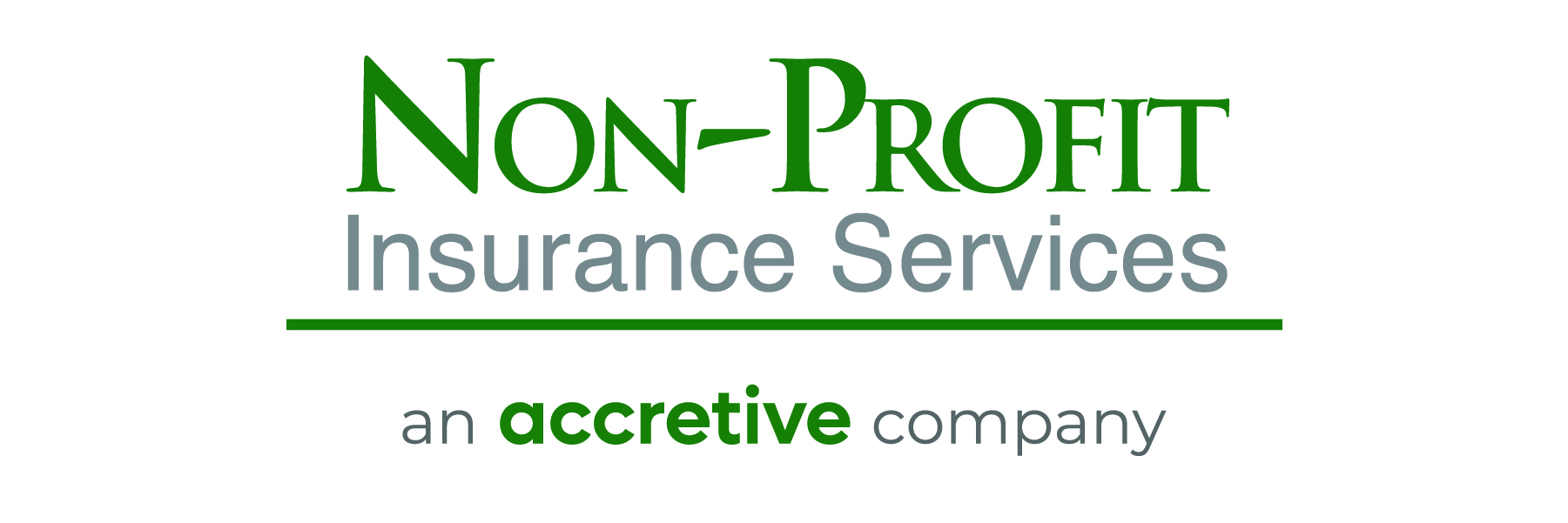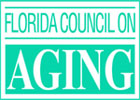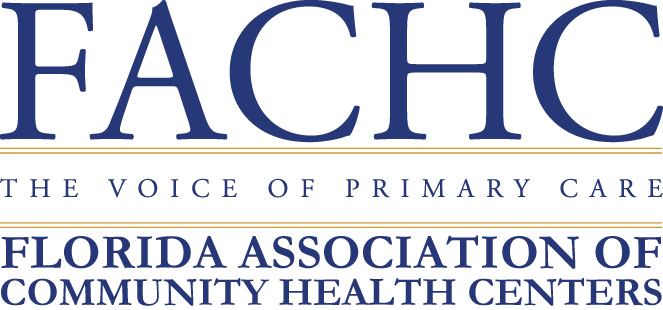Here are the five key areas you should focus on when working with your website team and other stakeholders:
- SEO (Search Engine Optimization)
Search engine optimization (SEO) can determine how easy it is for your audience to find you online. A good SEO strategy should help drive serious traffic to your website.
Reach Donors with Effective SEO Tactics
- Find the right keyword: Ensure your webpage’s content focuses on these keywords; revolves around those keywords your target audience is searching.
- On-page optimization is the key to success: Revolve content around the specific keyword(s) for that page and optimize it so that it focuses on that specific keyword(s); be sure to also include the keyword in the text displayed on the page.
- Optimize your images (image size and quality specifically): Large images make for longer page load times, if the speed of your website load time is slow, users are more likely to drop off.
- Boost your backlink profile: Link to your specific page from other institutions that are like yours. If a user sees a link from another institution, they will often bring the trust they have for them along to your institution. This also helps your Google ranking.
- Track your data: Use a free tool like Google Analytics to help inform your actions and evaluate your page performance.
- Social Media and Online Communities
Your website is a powerful business tool. Social media is a powerful business tool. If they work together seamlessly, your digital marketing strategy can achieve better results. Integrating social media into your website can increase your online presence and encourage interaction with your brand.
Integrate Social Media into Your Website Strategy
- Get on board with live video: It’s very easy to take live video at events these days as the quality of video taken with your iPhone or Android is acceptable. Live video is much more engaging than a static image. It helps drive engagement and inspire action.
- Utilize Facebook and Instagram stories: It makes the end-user feel more a part of your community/institution.
- Make sure your social profiles are up to date: Be sure your profile is updated and reflects your most current messaging and information.
- Use Google Analytics to measure your social media efforts
- Create a social media wall on your site
- Effective CTAs (Call-to-Action)
Call-to-action (CTA) buttons are the buttons you use in your website and on your landing pages to guide users towards your goal conversion.
Maximize your conversions with better CTAs.
- Constantly conduct testing: Always change your CTAs, use a tool like Google Optimize to test your CTAs and see how they perform.
- Videos result in higher engagement numbers: Videos allow users to feel like they are there with you at that event, fundraiser, celebration, etc., and help create and more emphasized experience.
- Use buttons for your CTAs: Make sure your end-users are aware your CTA is an actual action; sometimes people don’t see text as the CTA, buttons help visually highlight your CTA.
- Simplify forms for conversion: Reducing the number of form fields increases conversions considerably.
- Analytics
Web analytics is the process of analyzing the behavior of visitors to a Web site. The use of web analytics is said to enable you to:
- Know your audience
- Understand where your traffic is coming from
- Learn how your site is performing
Leverage analytics to increase retention and conversion rates
- Formulate a question: Ask yourself what it is you’re trying to track or what needs to change to increase engagement.
- Generate a hypothesis: Generate a hypothesis around the questions you’re asking and be sure to write it down because as you test, you’re going to be looking back and questioning why.
- Gather data: Continue gathering data for long length of times (2, 4, 6+ weeks) as you want to make sure you have consistent data and so you can determine a reliable outcome.
- Analyze data: Don’t simply make changes because you think you should, use the data to inform your changes.
- Take action: If the numbers or testing shows a positive experience for an end user, take the action on the website.
- Personalization
Website personalization is the process of creating customized experiences for visitors to a website. Rather than providing a single, broad experience, website personalization allows companies to present visitors with unique experiences tailored to their needs and desires.
Best Practices:
- Make full use of data you can see on every impression
- Use paid media data to enhance personalization
- Use your first party customer data to personalize
- Use third-party data for more relevancy
- Use predictive personalization to put it all together
Author: Lucas Cobb
Source: npENGAGE









